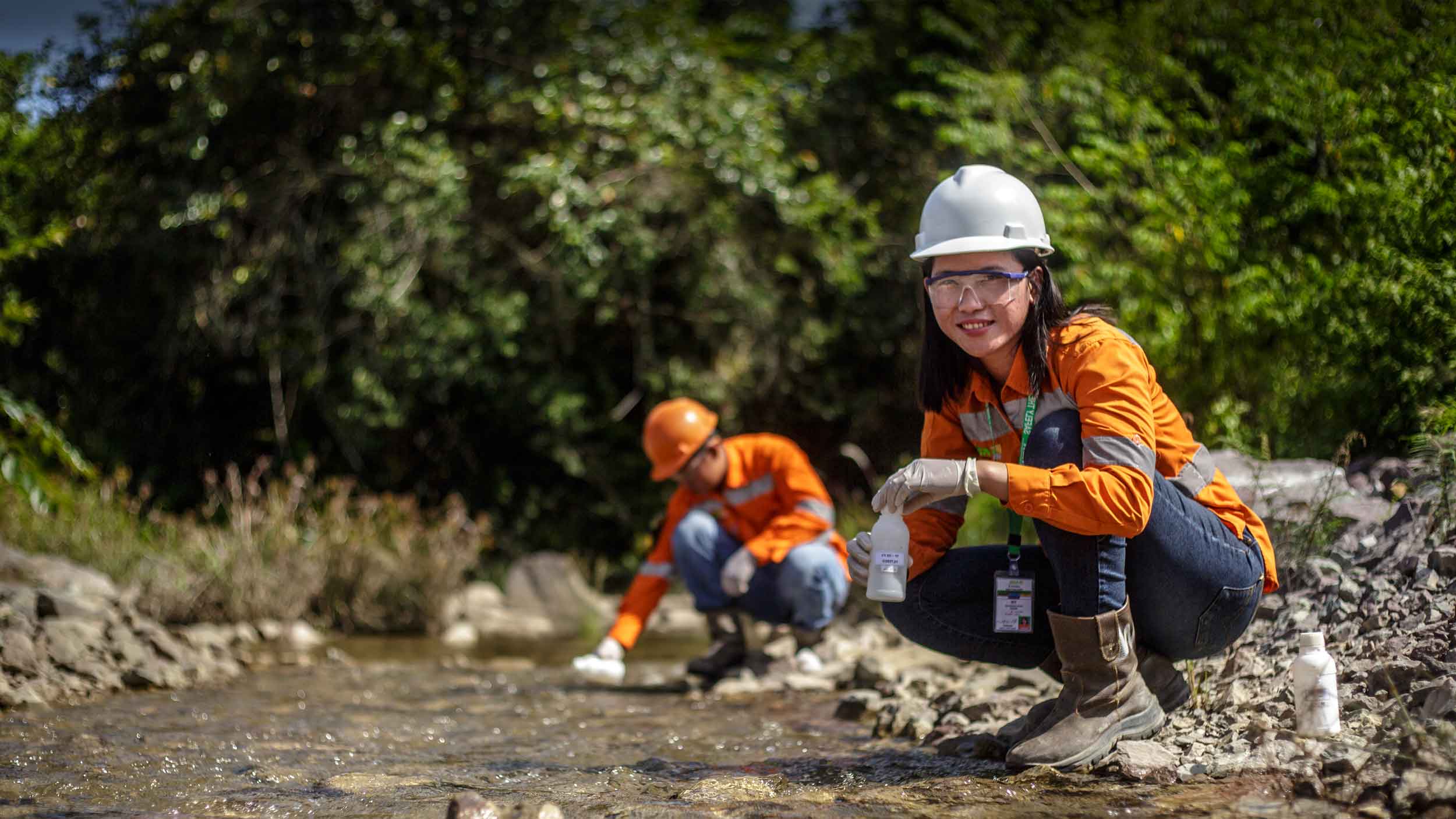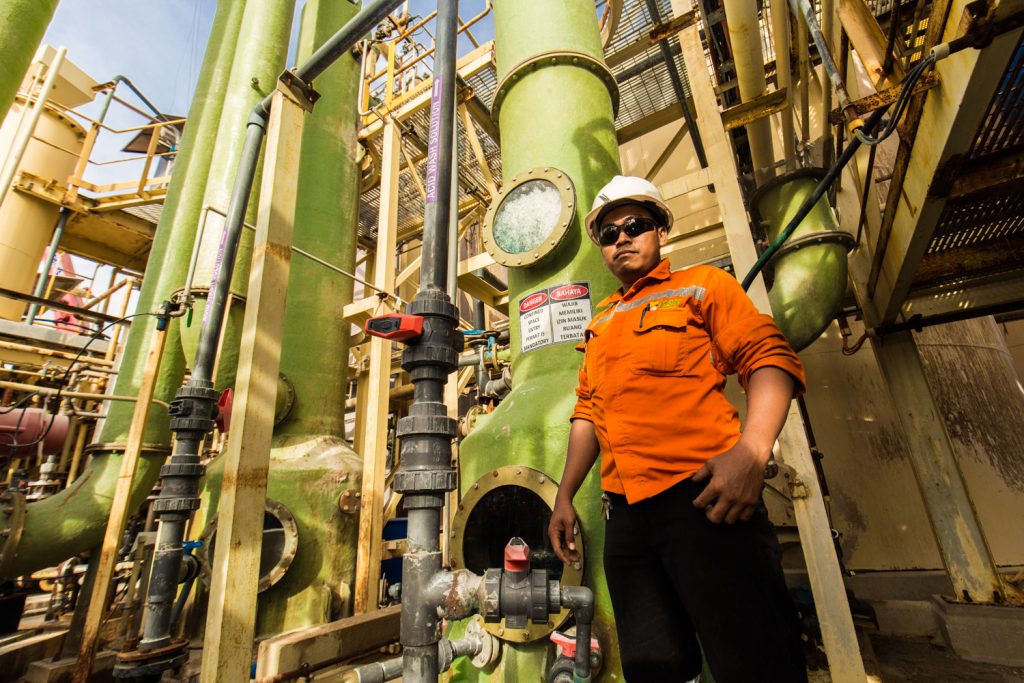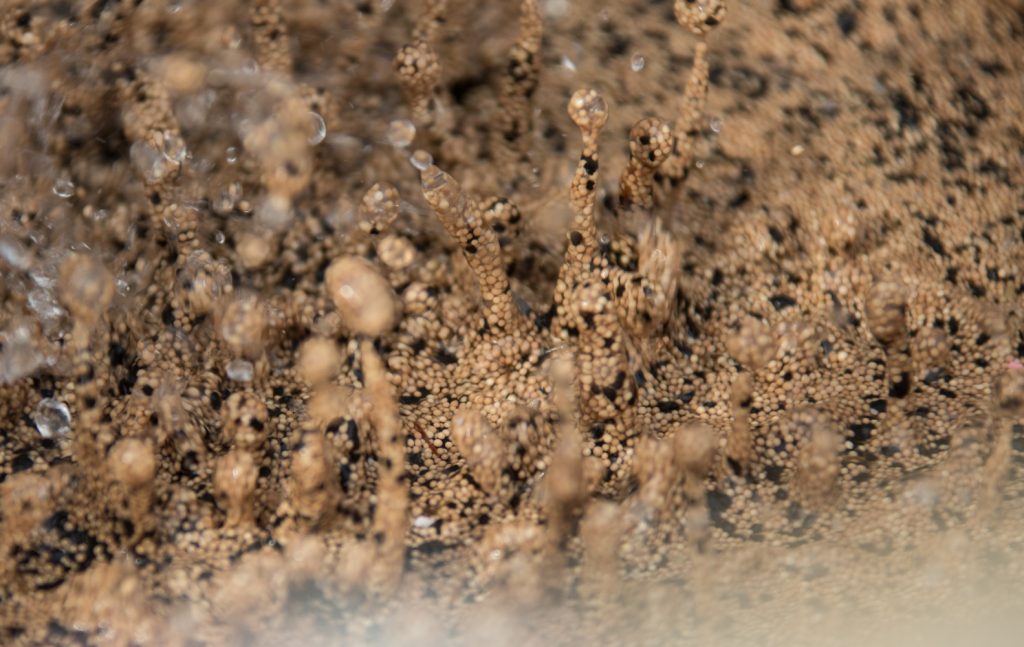
Our innovative technologies reduce cost, improve recovery and eliminate environmental risks
Cut cyanide purchase in half and boost environmental performance. RECYN is the world-leading approach in cyanide recovery, metal recovery and tailings detoxification.
Based on an innovative resin-bead absorbent, RECYN reduces cyanide consumption by 50%, capturing free cyanide from the plant tailings and recycling it back into the leach circuit while recovering metal complexes and making them available for sale. In the process, RECYN detoxifies the tailings stream and guarantees 100%-compliant clean water discharge.
RECYN is efficient, economical and environmentally friendly. It is the only cost-saving innovation of its kind that is generating results today on an industrial scale.

The “RECYN” process is the name given to a specialist technology, which is being offered for the recovery of cyanide and dissolved metals from precious metal plant process streams. The process is based on the use of a functionalized resin bead, pre-treated to allow the dual duty of recovering free and complexed cyanide ions from solution with a high degree of efficiency. The GGT Treatment Plant is custom designed for each operation to match the various solution chemistries and throughputs. The two areas of cyanide recovery and metal detoxification are balanced to achieve the desired compliance levels. Equally applicable to slurries and solutions, the process is technically and economically superior to all others currently available for the detoxification of gold plant tailings.
GREEN GOLD TECHNOLOGY can provide a significant opportunity to reduce operating costs and at the same time improve environmental performance. The resin based process offers a proven method for achieving virtually complete removal and efficient recovery of cyanide, dissolved base metals and precious metals from gold plant process streams.
For most tailings treatment applications, significant overall nett revenue will be achieved. The cost of cyanide recovered is usually less than 50% of the cost of new cyanide.
In addition to its applications in cyanide recovery and tailings detoxification, GREEN GOLD TECHNOLOGY has also demonstrated major opportunities as an alternative to carbon in the main recovery section of precious metal plants.
Cyanide has proven to be the most effective solvent for gold and silver, but it continues to attract negative publicity due to environmental concerns, even though mostly mis-informed.
Alternative processes are being sought to overcome this negative impression, which in some high profile cases can halt project development. These alternative processes have their own inherent problems.
GGT has taken a different approach by:

Many key aspects of the technology have been developed through extensive research programs linked to laboratory, pilot and commercial scale projects over many years. GGT has recently successfully demonstrated a commercial scale, fully integrated circuit, treating gold plant tailings on a continuous basis. Seeing is believing.
A pro-forma data sheet is provided, which, when completed, will provide sufficient data to make an initial assessment of the expected performance and economics of any proposed GREEN GOLD TECHNOLOGY application.
To minimize the financial and performance risk for the client, GGT propose to provide a full tailings treatment service, operating the stand alone treatment plant on the client’s site and recycling recovered cyanide to the gold process plant.
GGT will be responsible for achieving the environmental standards dictated by compliance. Other commercial arrangements can be considered depending on the client’s preference and stage of development.